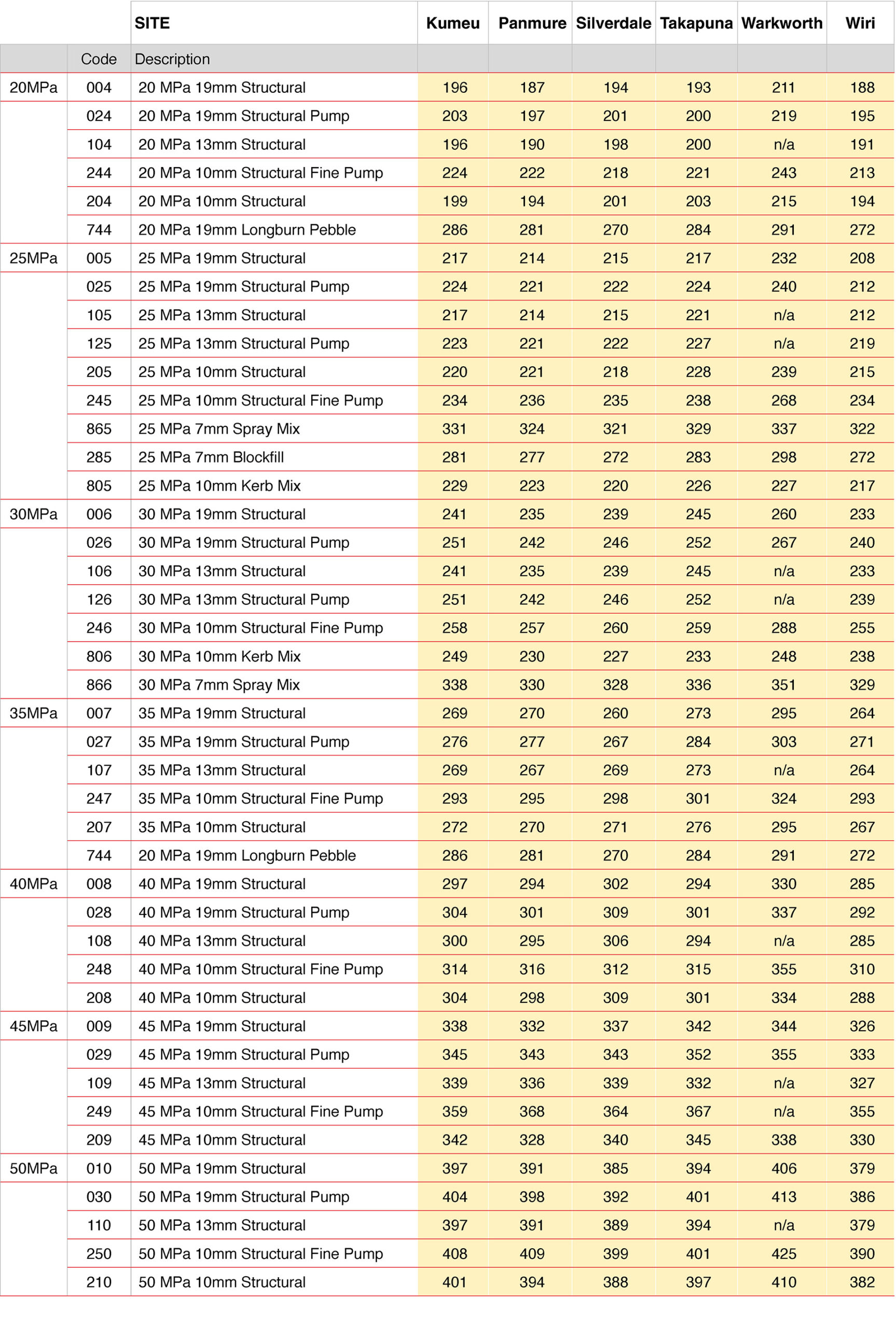GreenStone LCC™ & EPD
Atlas has long led the way in the production of sustainable concrete, demonstrating a deep commitment to environmental best practice. Our dedication to reducing the carbon footprint across our full range of products has positioned us as a leader in the industry, offering innovative solutions like Greenstone LCC, our flagship low carbon concrete product.
All concrete can have reduced embodied carbon. Talk to us about how.
GreenStone LCC™ – Low Carbon Concrete
GreenStone LCC™ represents Atlas Concrete’s commitment to producing concrete with significantly reduced embodied carbon, aligning with our mission to support environmentally conscious construction projects. Whether your project aims to achieve Greenstar or ISC certification or simply to minimise carbon emissions, GreenStone LCC™ offers a tailored solution.
Send us a message
How does Atlas Concrete produce Low Carbon Concrete?
By utilising New Zealand’s lowest carbon cement, sourced from Golden Bay Cement, we significantly reduce the embodied carbon in our concrete. Cement is a major contributor to concrete’s carbon footprint, and our choice of cement ensures a greener product.
Our concrete is mixed at the plant using large electric-powered mixers, a method that enhances material and energy efficiency compared to traditional truck mixing. This approach not only ensures a consistent product but also reduces cement use and carbon emissions. Atlas Concrete is proud to be the only ready-mixed concrete producer in New Zealand to implement this advanced mixing technology across all production sites.
We incorporate BFS (Blast Furnace Slag) and Fly Ash, industrial by-products that not only lower carbon emissions but also enhance the durability of our concrete. Additionally, our commitment to sustainability extends to using up to 50% recycled materials from one of our three aggregate recycling plants, further reducing the demand for virgin resources.
Specifying GreenStone LCC™
Choosing the right GreenStone LCC™ product depends on various factors, including CO2 reduction goals, application requirements, and construction timelines. Our team collaborates closely with designers and builders to select the most appropriate mix, ensuring optimal performance and sustainability. From general use to specialized applications, GreenStone LCC™ offers a range of options to meet diverse construction needs.
Before specifying, call the Atlas Concrete team to discuss and aims of the project.
GreenStone LCC™ 20 & 30 can be used on almost all jobs, for all concrete, all year.
GreenStone LCC™ 40 & 50 can be used where certain conditions are met
GreenStone LCC™ 60 & 70 are only suitable for piles or concrete cast into a form or mould.

Figures above show the kg GWP or CO2 per cu m.
The ISC 2020 Baseline is published by the Infrastructure Sustainability Council in their Materials Calculator NZ 2.0. It has become the industry standard baseline and used by most concrete suppliers
Environmental data, GWP
Our environmental impact data, including GWP figures for all Atlas Concrete mixes, is derived using the GCCA EPD tool, a leading Life Cycle Analysis tool for the cement and concrete industry. Around 70% of the embodied carbon in concrete is from cement, and our cement supplier Golden Bay has an independently verified EPD that provides the basis for our figures. While we are in the process of obtaining independent verification for our data, our commitment to transparency and quality is clear. Our partnership with Golden Bay Cement, underscores our dedication to providing environmentally responsible concrete solutions. The GCCA EPD tool ensures that all the relevant remaining data for other materials and the production process are included and account for. Once Atlas Concrete receives independent verification on this data we will publish it formally in an EPD.
Our self-declared environmental data, based on rigorous standards and certifications, reflects our ongoing commitment to reducing the environmental impact of our products. By choosing Atlas Concrete and GreenStone LCC™, you are partnering with a leader in sustainable construction, dedicated to advancing low carbon, environmental, and sustainable concrete solutions.
Enviromental Data – Self Declaration
Self-declaration based on Environdec c-PCR-003 Concrete and concrete elements (EN 16757) . Certificates are available for all data presented below.

